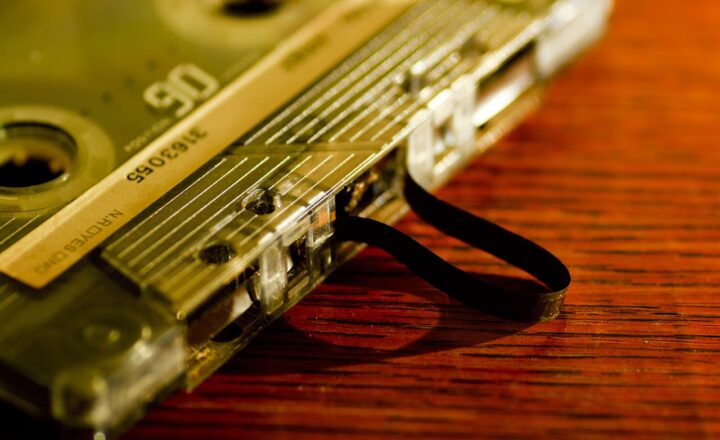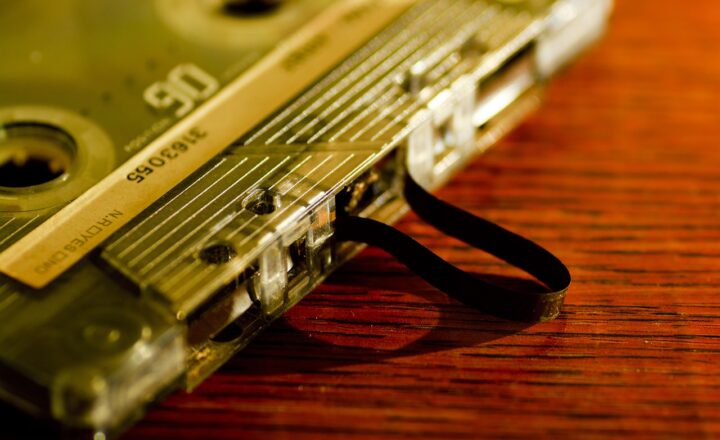The Funny Story of How Rubber Ducks Became a Bath-Time Icon
November 15, 2024

When you think of bath time, the image of a rubber duck floating serenely in a tub often comes to mind. But have you ever wondered how this iconic toy became synonymous with bath-time fun? The history of the rubber duck is both whimsical and fascinating, filled with unexpected turns and delightful anecdotes that have made it a beloved companion for children and adults alike.
1. The Origins of the Rubber Duck
The history of rubber ducks traces its origins back to the late 19th century. Originally, rubber toys were crafted from hard rubber, and the first versions of rubber ducks were solid rather than floating. They were often used as educational toys, though they didn’t resemble the delightful waterfowl we know today.
In 1940, a significant development occurred when Peter Ganine filed a patent for a softer, more flexible rubber duck design. This innovation allowed for a hollow interior, enabling the ducks to float on water comfortably. Unfortunately, the original design was never mass-produced, and rubber ducks remained relatively obscure.
2. The Takeoff of the Toy Industry
It wasn’t until the 1950s that rubber ducks started to gain popularity. The post-war era saw a boom in the toy industry, and companies began developing colorful, whimsical toys targeted at children. In 1948, the first rubber duck was manufactured by the company, “The Toy Company,” which capitalized on the charm of the floating animal, launching it into the mainstream consciousness.
The iconic yellow color of the rubber duck was popularized in 1949 by the company, due to its vibrant, eye-catching appeal. Soon enough, the rubber duck became a staple in both homes and bathroom settings. It wasn’t long before the cheerful quacker arrived in practically every family’s bathtub, becoming a cherished bathing companion for children everywhere.
3. Pop Culture and the Rubber Duck
The rubber duck didn’t just remain a simple bath toy; it became an enduring cultural icon throughout the decades. In 1970, Sesame Street introduced the character Ernie, who famously sang the song, “Rubber Duckie.” This catchy tune further cemented the rubber duck’s status as a must-have bath toy, bringing it into the hearts of a new generation. Ernie’s love for his rubber duck led to the creation of a plethora of merchandise, and today, the song remains a childhood favorite.
In the years that followed, the rubber duck branched out into various forms, creating an array of designs, from superhero to pirate ducks, and even seasonal variations like Halloween-themed rubber ducks. Events like the Great American Duck Race and the Rubber Duck Regatta highlighted the playful nature of these quirky toys, transforming them into symbols of fun, joy, and community.
4. A Quirky Twist: Rubber Duckies Take to the Sea
In one hilarious twist of fate, the rubber duck made waves—literally—when thousands of them filled the ocean due to a shipping container accident in 1992. Overboard went thousands of toys, including rubber ducks, frogs, and turtles, which were meant to be shipped to retail stores. This unexpected flooding of the ocean led to an ecological phenomenon, as the ducks floated across the globe, leaving scientists and researchers with a unique opportunity to study ocean currents.
These rubber duckies traveled to continents across the world, shedding light on marine geography, animal behavior, and the impact of human waste on oceans. Some ducks even made headlines when they washed ashore on distant beaches years later, serving as colorful reminders of their watery adventures.
5. Modern-Day Rubber Ducks: More Than Just a Toy
Today, rubber ducks have transcended their bath-time roots to become multifaceted symbols of nostalgia and humor. They can be spotted everywhere—from hospital rooms to hotels, and even used in philanthropic endeavors. Rubber duck races are commonly organized for charity events, bringing communities together to raise funds for various causes, along with added elements of fun and competition.
Even in the world of fashion and art, rubber ducks have made their mark. From Duck-themed clothing lines to art installations around the world, they are embraced by all ages as representations of lightheartedness and creativity. Even a giant 54-foot rubber duck has sailed around various harbors, generating delight and smiles wherever it appears.
6. The Impact of the Rubber Duck on Childhood
Rubber ducks not only offer amusing aesthetic value, but they also play a significant role in child development. Bath-time is critical for establishing hygiene routines, and rubber ducks can define those early water experiences, teaching kids both fun and cleaning. The playfulness of floating and squeaking enhances sensory play, promoting water confidence and fine motor skills without even realizing it.
Moreover, the rubber duck embodies a sense of imaginative play—whether children host ‘rubber duck races,’ sing songs with their ducks, or invent imaginative scenarios, this ubiquitous bathtub companion teaches joy and creativity during formative years.
Conclusion: A Timeless Companion
The rubber duck has come a long way from its humble beginnings to become an enduring bath-time icon. Its journey reveals tales of innovation, cultural significance, and unexpected adventures across the world’s oceans. From giggly toddlers singing along to Ernie’s famous tune, to charity races and modern-day fashion statements, the rubber duck continues to bring joy and laughter to everyday life. Its legacy will surely float on for generations to come!
So, the next time you see a rubber duck bobbing in your bath, take a moment to appreciate the whimsical history that has made it a true icon of childhood and beyond.








